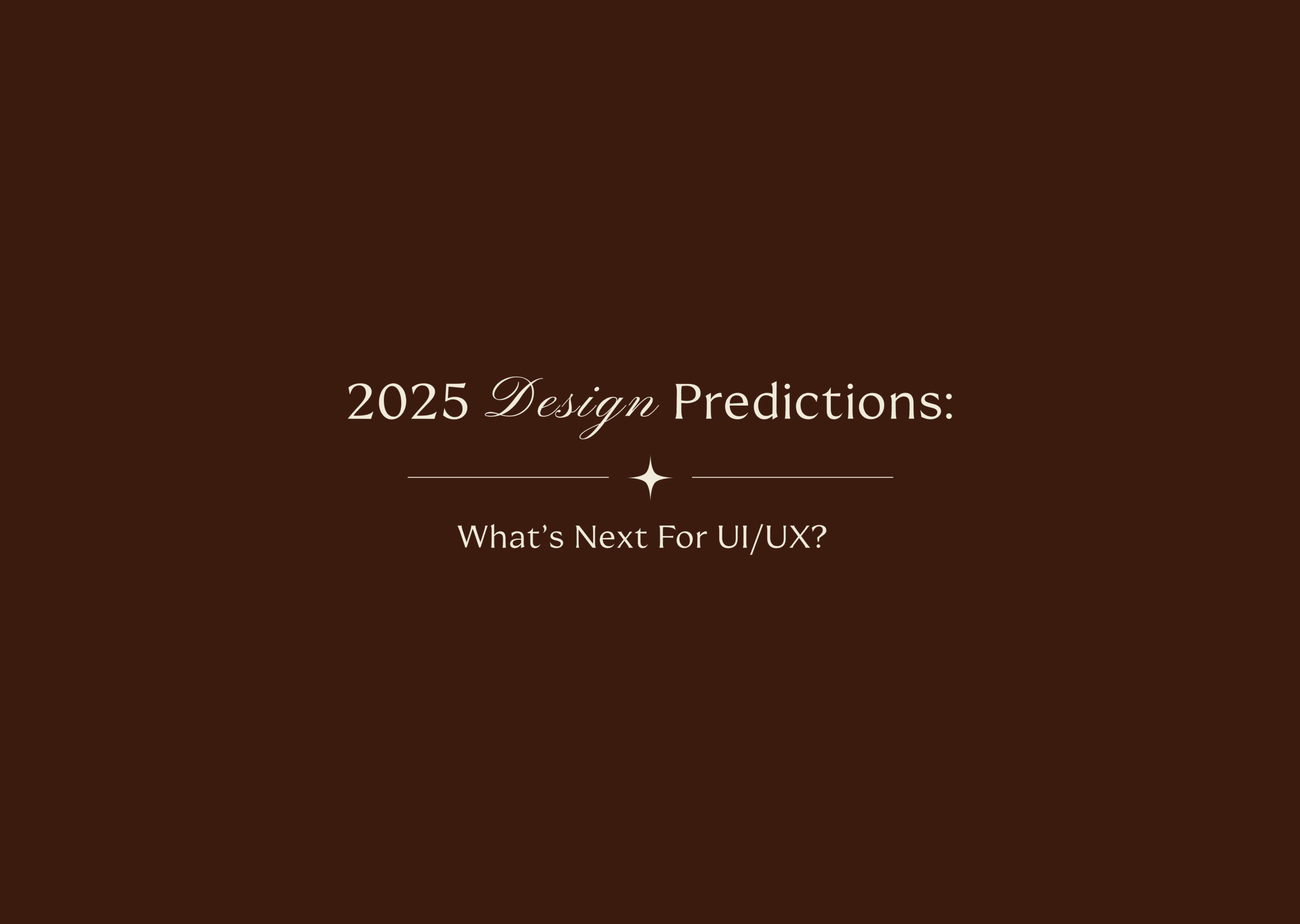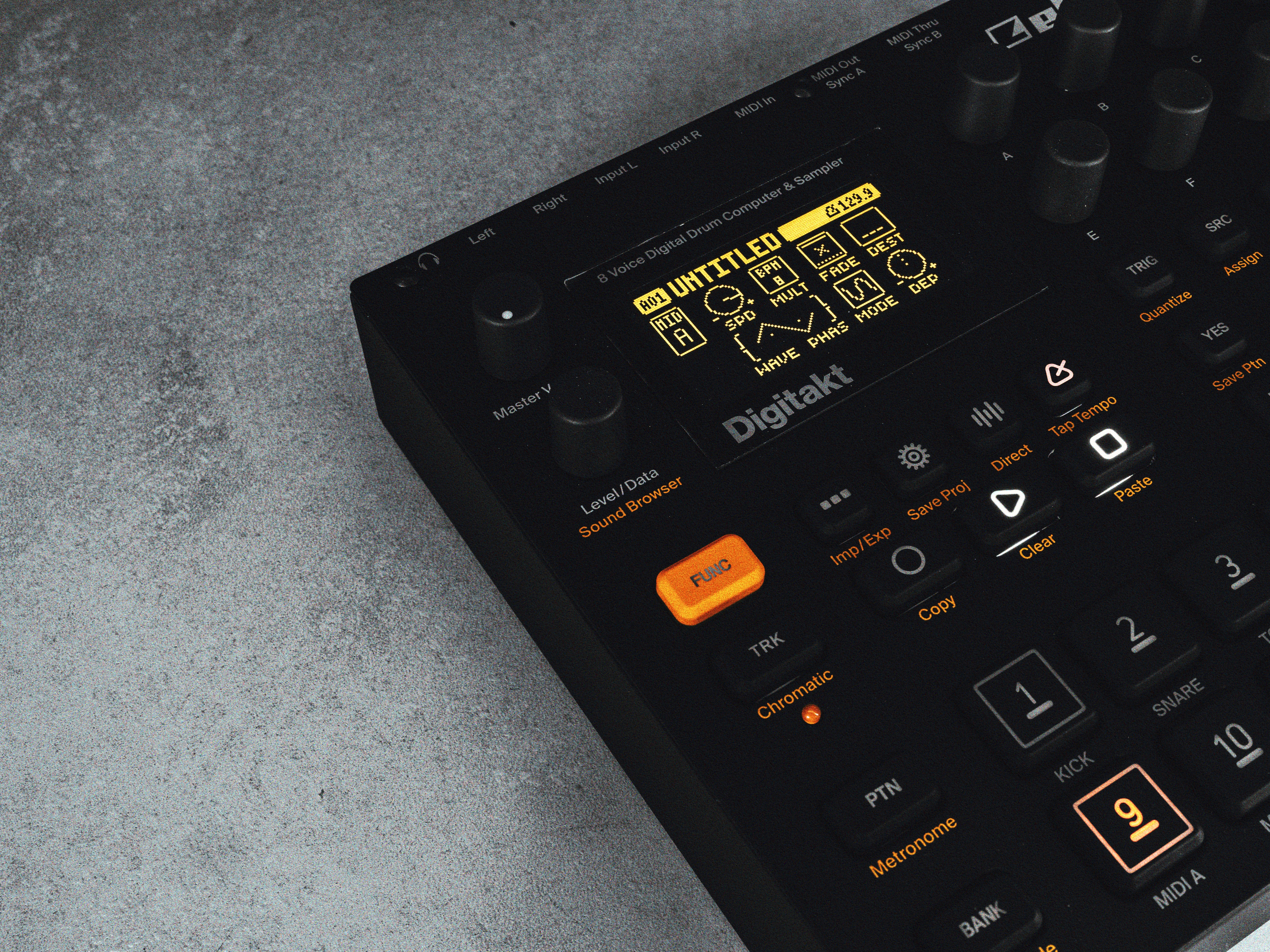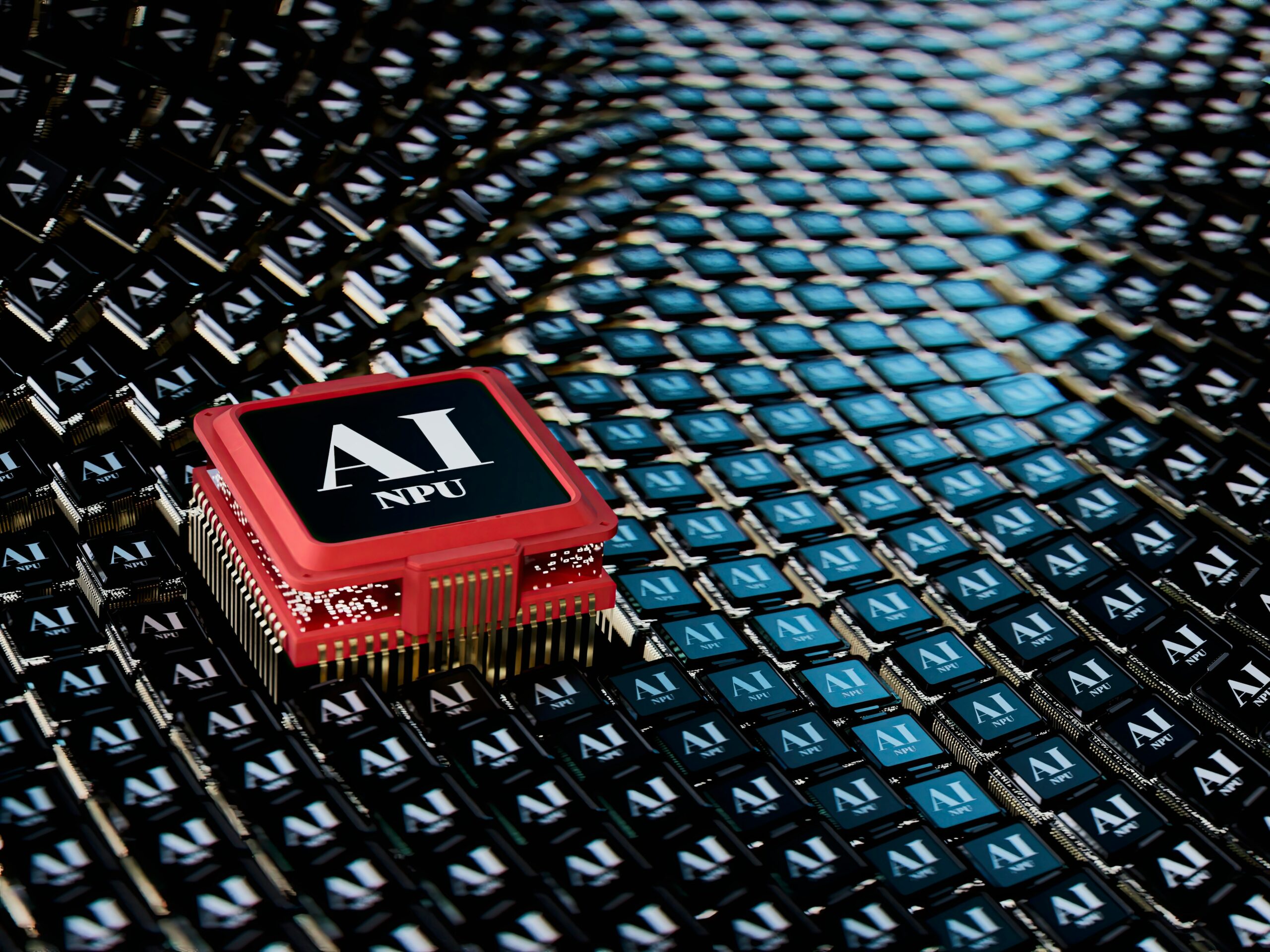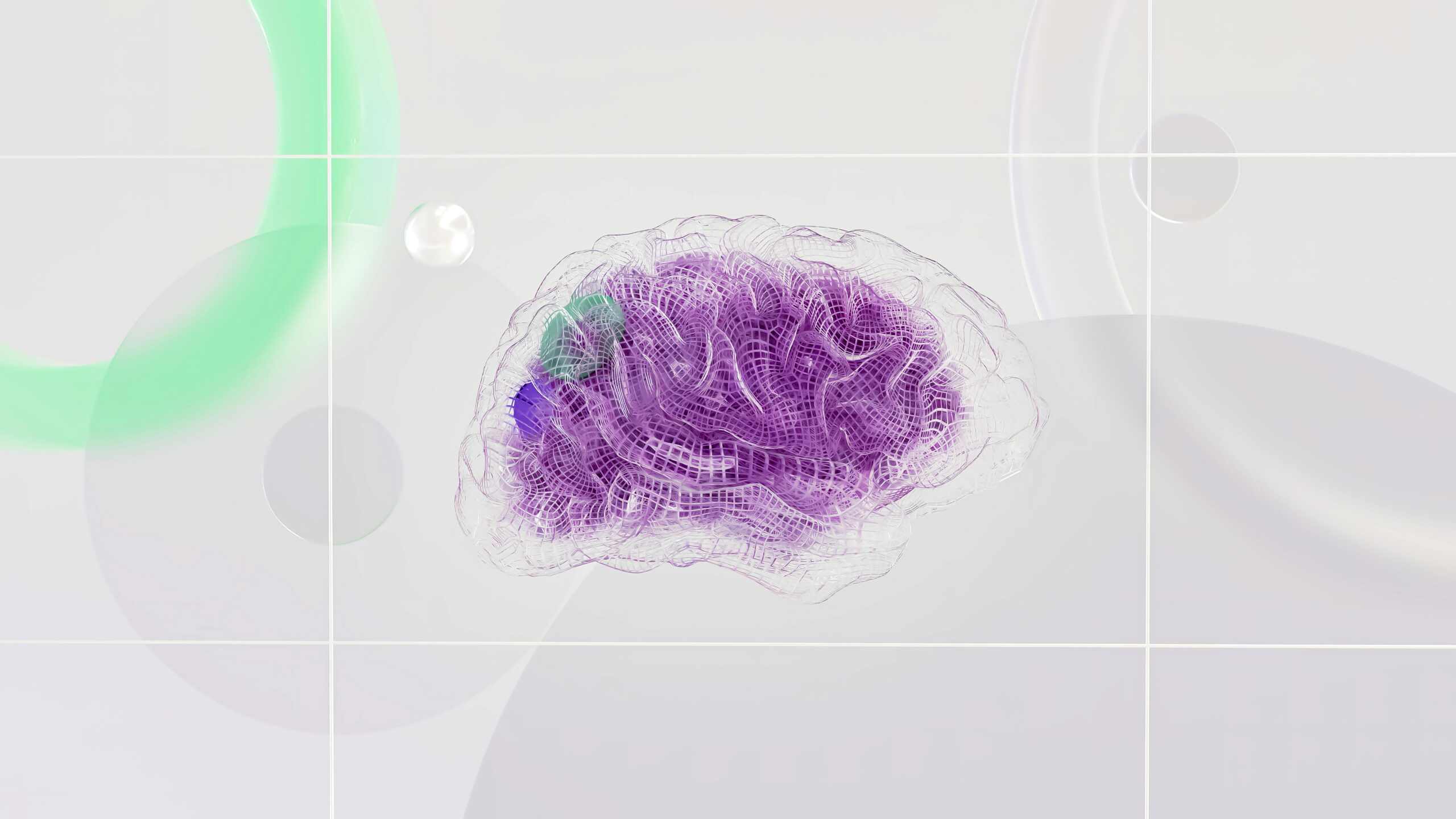WHAT SECRETS LIE BENEATH THE FUSION OF AI AND HUMAN CREATIVITY?
december 07, 2024
ROHAN ROY
5 min
“Where AI meets human creativity, imagination knows no limits.”
The world of design is undergoing a seismic shift, with artificial intelligence (AI) taking center stage in transforming creative processes. From automating mundane tasks to pushing the boundaries of innovation, AI-driven design is revolutionizing how we create, interact with, and experience design. This blog explores the multifaceted impact of AI on the design industry, including its real-world applications, ethical considerations, emerging technologies, and its influence on designer roles.
table of contents
- AI in Action: Real-World Applications
- Emerging Technologies Shaping the Design Landscape
- The Evolving role of Designers
- Ethical Considerations in AI-Driven Design
- Conclusion: The Future of AI-Driven Design
AI in Action: Real-World Applications
AI-powered tools are no longer futuristic concepts—they’re integral to modern design workflows. Tools like Adobe Sensei and Figma’s AI integrations enable designers to automate repetitive tasks, analyze user behavior, and even suggest design elements, saving time and boosting creativity.
For example:
• Google Photos uses AI to enhance images and curate albums automatically.
• Canva’s Magic Design generates templates based on minimal input, empowering non-designers to create professional graphics effortlessly.
These tools exemplify how AI not only streamlines workflows but also democratizes design, making it accessible to a broader audience.
Emerging Technologies Shaping the Design Landscape
AI’s potential in design extends far beyond automation. Emerging technologies like generative design and machine learning are opening new doors:
• Generative Design Tools: Platforms like Autodesk’s Dreamcatcher allow designers to input constraints and let AI generate optimal designs, particularly useful in fields like product design and architecture.
• Machine Learning in Visual Arts: Algorithms now create art, music, and animations that rival human creativity, blurring the lines between artist and machine.
These advancements are pushing creative boundaries, enabling innovations previously deemed impossible.
The Evolving role of Designers
As AI takes over execution-based tasks, designers find themselves transitioning from doers to strategists. This shift allows them to focus on higher-level thinking, problem-solving, and user-centered innovation. However, it also demands new skills:
• Data Literacy: Designers must learn to interpret data and collaborate with AI systems.
• Ethical Judgment: The ability to navigate ethical dilemmas in AI design becomes crucial.
While some fear AI will replace human designers, the reality is more collaborative. AI acts as a tool to enhance creativity, not supplant it.
Ethical Considerations in AI-Driven Design
AI’s integration into design raises important ethical questions:
• Bias in Algorithms: AI systems can unintentionally perpetuate biases present in their training data, leading to unfair or non-inclusive design outcomes.
• Privacy Concerns: The use of user data to inform AI-driven decisions must be transparent and respectful of privacy.
• Job Displacement: As AI automates certain aspects of design, concerns about job security in creative industries arise.
Addressing these issues is vital to ensure AI-driven design remains a force for good.
Conclusion: The Future of AI-Driven Design
The world of design is undergoing a seismic shift, with artificial intelligence (AI) taking center stage in transforming creative processes. From automating mundane tasks to pushing the boundaries of innovation, AI-driven design is revolutionizing how we create, interact with, and experience design. This blog explores the multifaceted impact of AI on the design industry, including its real-world applications, ethical considerations, emerging technologies, and its influence on designer roles.





